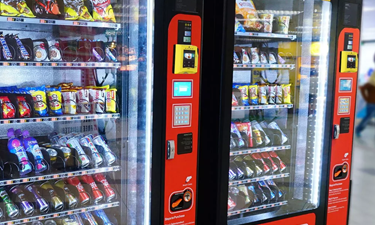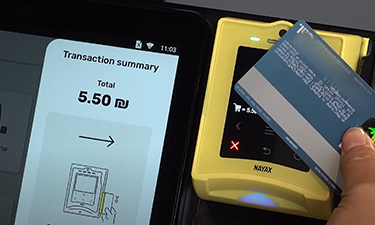If you’re a vending operator, you’ve probably been bombarded with information about micro markets over the past year or two. If you haven’t opened a micro market yet, or are still wondering what the big deal is, keep reading. This article will give you a detailed overview of the difference between traditional vending businesses and micro markets, helping you understand the benefits of each so that you can decide which business model is best for you.
Location
The most important difference between micro markets and vending machines is the type of location they can be installed in. The micro market business model requires a certain amount of trust and honesty, and is therefore better suited for closed-loop environments such as offices, universities, hotels, and factories. These types of locations are more ideal for two reasons: they generally have security measures such as cameras and guards in place, and they are generally closed to the public. Customers are regulars, known to the operator, and the amount of customers on any given day can also be anticipated.
Micro markets should be installed in the most secure environments because shrinkage is a constant worry, but this doesn’t mean that you shouldn’t find a secure environment for your vending machines as well. Though closed-loop environments are not mandatory, vending locations are ideal in secure areas with high foot traffic. Though products are not as readily available in vending machines as they are in micro markets, precautions such not accepting cash and using vandalism-proof card readers will help you reduce any risk of theft.
Investment
Initial investment in a vending operation or a micro market can vary greatly depending on the operation’s size as well as the products the operator is looking to sell, whether the machines are new or used, which shelving and display pieces they choose, and the security measures that need to be put in place. Because micro markets require more complicated displays as well as a self-checkout kiosk, they generally require a higher initial investment (around $13-16,000). However, they also have a higher return on investment, so whether you choose a traditional vending or a micro market model really depends on how much time and money you’re able to invest in your business.
Revenue Potential
As we mentioned above, the revenue potential for micro markets is much higher than for vending businesses. Vending operators can make 65-70% more sales with a micro market than they can with traditional vending machines. This is due to several factors, notably the operation’s size and the type of products sold. Shelving in micro markets enables operators to stock larger, more varied, and more expensive products for their customers to choose from.
The location also matters. Since micro markets are often located in closed-loop environments, operators can use incentives such as loyalty programs, punch card campaigns, happy hour discounts, and other perks to encourage their customers to buy more and more often. Since the customers are a set group of people, it is easier for the operator to spot trends, to understand which products sell better, and to fully personalize their offer, helping drive even more sales.
Management and Operational Costs
However, with more products and product variety, and with customers grabbing the product and possibly moving it around, inventory management becomes more complicated in micro markets. While vending machines can be managed via a vending management system or vending management app with occasional visits to machines, micro markets need more attention. The display is an important part of the micro market and requires operators to be on site at least once a day, if not more. These site visits not only require restocking of inventory so that it constantly looks full, but making sure that everything is in place. This requires time, effort, and if you have several locations, may require more staff.
So, we’ve concluded that micro markets can generate a lot more revenue than vending machines can, but that their initial costs and operational costs are higher. In the end, both business models can be exceptionally successful. With the proper management tools that help you plan, measure, analyze, and execute, you can succeed in either field. If you want to learn more about Nayax’s solutions for vending and micro market businesses, contact us today.



